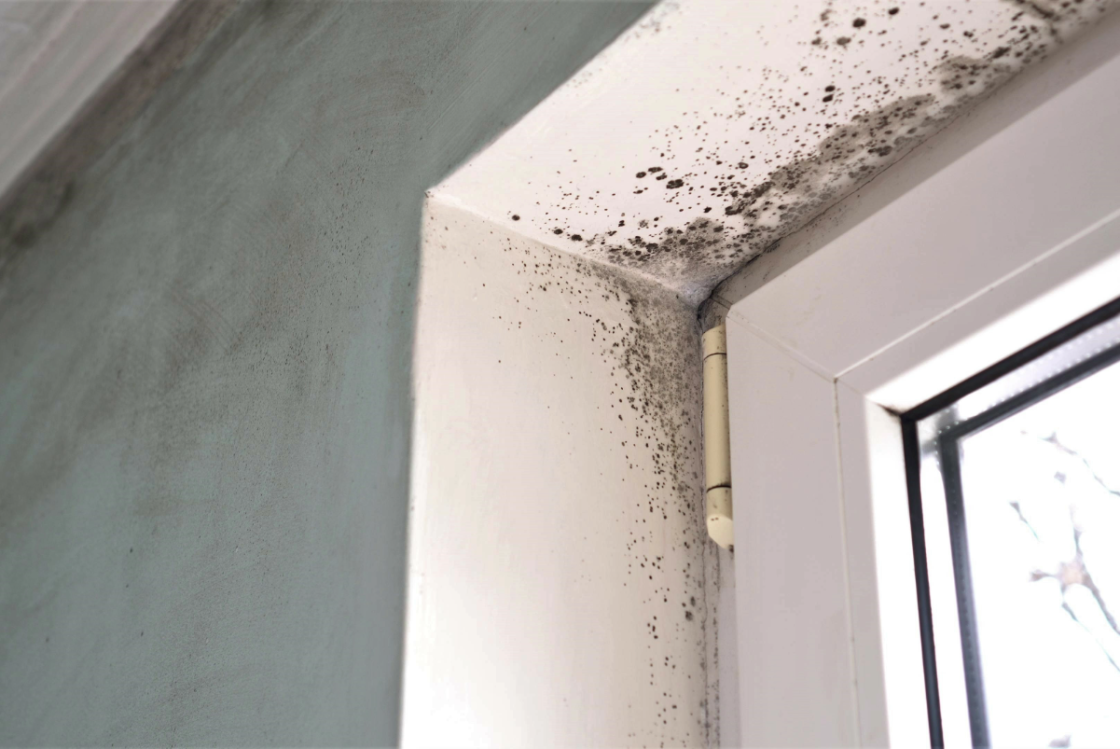
Will Home Insurance Cover Mold?
Nothing compares to the comforts of home. That’s why we offer a variety of home insurance policies to protect your home and personal belongings. Homeowners insurance can provide protection for a variety of damages. Because of this, mold coverage is a common inquiry. Since homeowners insurance is intended for sudden and accidental events, mold that occurs over time is typically not covered. However, there may be some instances where mold is covered by your policy.
When is Mold Covered by Insurance?
There may be limited coverage available on homeowners policies for mold in cases of sudden and accidental water damage if the damage is covered by the policy. For example, a storm damages your roof, water leaks in through the damaged roof and mold appears. This situation would be covered because windstorm/water is a covered peril and caused the mold to develop.
If the mold in your home is covered by your insurance policy, it may include the cost to repair the damage, the cost to gain access to and remove the mold and the cost of testing to ensure the mold has been eliminated.
When is Mold Not Covered by Insurance?
Typically, if the mold is a result of neglect or from an ongoing water leak or condensation from humidity, moisture, or vapor, it will not be covered by your homeowner’s insurance policy. Other instances when mold may not be covered could include water damage from a flood or water that seeps through the foundation of your home.
For additional questions and guidance on your homeowner’s insurance policies, please contact our agency. Read below for some tips for preventing mold in your home.
Tips for Preventing Mold
Anywhere there is moisture can potentially grow mold, including your ceiling tiles, walls, and bathrooms. Here are some ways you can prevent mold from growing in your home:
- Check for water leaks regularly and make repairs.
- Watch for condensation near your windows or in areas that are often wet.
- If you do get water in the home, quickly clean it up and dry it out.
- Consider purchasing a dehumidifier for damp areas of your home.
- Perform routine maintenance on appliances that use water.
- Avoid carpet in water-prone areas of your home such as your basement or bathrooms.
- Make sure that exhaust fans don’t vent directly into attics, crawlspaces, etc.


